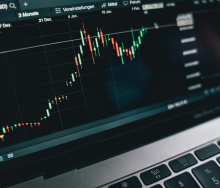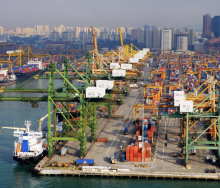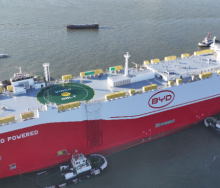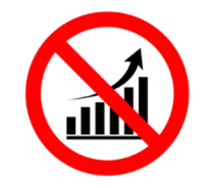Global growth is expected to hold steady at 2.7% in 2025-26, according to the World Bank’s latest Global and Economic Prospects report.
However, the global economy appears to be settling at a low growth rate that will be insufficient to foster sustained economic development—with the possibility of further headwinds from heightened policy uncertainty and adverse trade policy shifts, geopolitical tensions, persistent inflation and climate-related natural disasters, the report warns.
“Against this backdrop, emerging market and developing economies (EMDEs)—which fuel 60% of global growth—are set to enter the second quarter of the 21st century with per capita incomes on a trajectory that implies substantially slower catch-up toward advanced-economy living standards than they previously experienced.
“Without course corrections, most low-income countries are unlikely to graduate to middle-income status by the middle of the century.” The organisation warns that policy action at both global and national levels is needed to foster a more favourable external environment, enhance macroeconomic stability, reduce structural constraints, address the effects of climate change, and thus accelerate long-term growth and development.
On the upside, faster progress on disinflation and stronger demand in key economies could result in greater-than-expected global activity.
To raise longer-term growth and put development goals on track, says the report, interventions that mitigate the impact of conflicts, lift human capital, bolster labour force inclusion and confront food insecurity will be critical.
Regarding regional prospects, growth is projected to moderate in East Asia and the Pacific, amid weak domestic demand in China, as well as in Europe and Central Asia due to decelerations in some large economies following strong growth last year.
In contrast, a pickup is anticipated in Latin America and the Caribbean, the Middle East and North Africa, South Asia, and sub-Saharan Africa, partly underpinned by robust domestic demand.
In 2026, growth is expected to strengthen in most regions. The year 2025 will mark the end of the first quarter of the 21st century—a good time to review the performance of emerging and developing economies since 2000 and assess their prospects.













